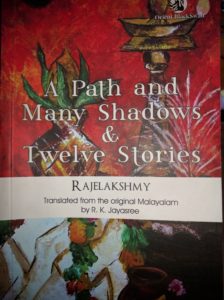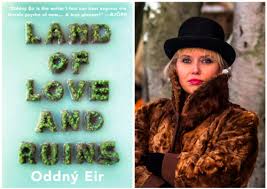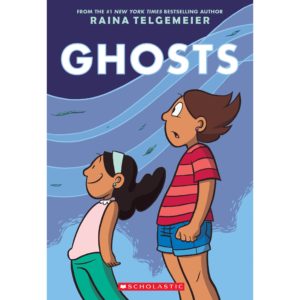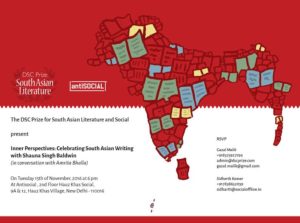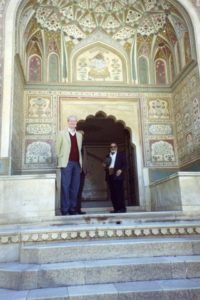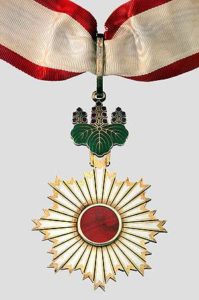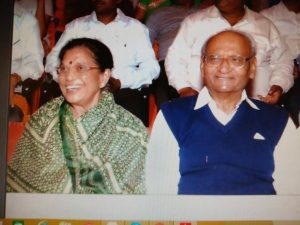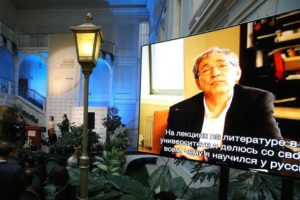“When I Hit You” by Meena Kandaswamy
 When I Hit You by Meena Kandaswamy is primarily a memoir about her four months as a married woman. At one level it is an account of the horrific marriage she found herself in. She walked into it knowingly having met her husband online while involved in an activism campaign. Her parents and this man shared similar ideological positions which probably coloured her decision to marry. At another level it is as if Meena Kandaswamy puts herself under the scanner and analyses her life using all the feminist theory she has read and practised over the years. Putting the book at this curious intersection is incisive while making the acute conflict of the desi social expectations of a young girl to “settle down” and that of a professional writer/poet. In fact before her marriage Meena Kandaswamy was used to travelling whereever and whenever she desired. She terms herself as a “nomad” in the book. After marriage there was a gargantuan difference. She was suddenly confined to the small house in Mangalore.
When I Hit You by Meena Kandaswamy is primarily a memoir about her four months as a married woman. At one level it is an account of the horrific marriage she found herself in. She walked into it knowingly having met her husband online while involved in an activism campaign. Her parents and this man shared similar ideological positions which probably coloured her decision to marry. At another level it is as if Meena Kandaswamy puts herself under the scanner and analyses her life using all the feminist theory she has read and practised over the years. Putting the book at this curious intersection is incisive while making the acute conflict of the desi social expectations of a young girl to “settle down” and that of a professional writer/poet. In fact before her marriage Meena Kandaswamy was used to travelling whereever and whenever she desired. She terms herself as a “nomad” in the book. After marriage there was a gargantuan difference. She was suddenly confined to the small house in Mangalore.
After walking out of her marriage Meena Kandawamy wrote an article in the first person for Outlook magazine. ( “I Singe the Body Electric”, 19 March 2012). It was the first time she spoke of the domestic violence. Interestingly she chose the first person mode to write of the traumatic experience. Her book published recently by Juggernaut Books is an expanded version of the essay. In the introduction she reasons that before her mother’s narrative of the disastrous marriage became a fable Meena wanted to assert her authorship. So she does.
A quote by nobel winner Elfriede Jelinek in The Piano Teacher used by Meena Kandaswamy aptly sums up what she is trying to do in When I Hit You:
Sometimes, of course, art create the
suffering in the first place.
It is quite remarkable that Meena Kandaswamy has been able to turn this experience into an art form within such a short span of time. Without negating any of Meena’s experience it has been documented extensively that women who experience trauma like this are unable to articulate it. If they ever do then they slip into the third person. Yet most of the time When I Hit You is written in the first person. There are only rare instances when it slips into the third person.
When I Hit You is by a fiesty feminist. It is a first person account about domestic violence, a perspective that is usually shared orally but is rarely written and published. This is a significant book for it introduces a critical way of seeing oneself — appreciate one’s self-worth* and focus upon self-preservation. Capitulating to patriarchal structures is not advisable. For instance when she began to tell her parents within days of her wedding about the violence she was experiencing, both her parents advised her to stay on as these things happen and usually within a year or when the children arrive most of the troubles settle down. Here are two articles about the book worth reading: The Wire and Financial Times . Sonia Faleiro refers to it as a “memoiristic narrative” since it does slip and slide between the truth and the art Meena wishes to create. Although honestly speaking all memoirs are a bit of the truth and fiction blended well.
When I Hit You is bound to become a modern classic.
Waking up to see that .@JBhattacharji has some generous things to say about my second novel #WhenIHitYou https://t.co/Jf9PmmH8jI
— meena kandasamy (@meenakandasamy) July 5, 2017
Meena Kandaswamy When I Hit You Juggernaut Books, New Delhi, 2017. Hb. Pp. 250 Rs. 499
5 July 2017
*Here is a lovely essay by Joan Didion “On Self-Respect” in Vogue, 1961
Update: This blog post was revised on 5 July 2017 to include a link to the tweet Meena Kandaswamy posted.

